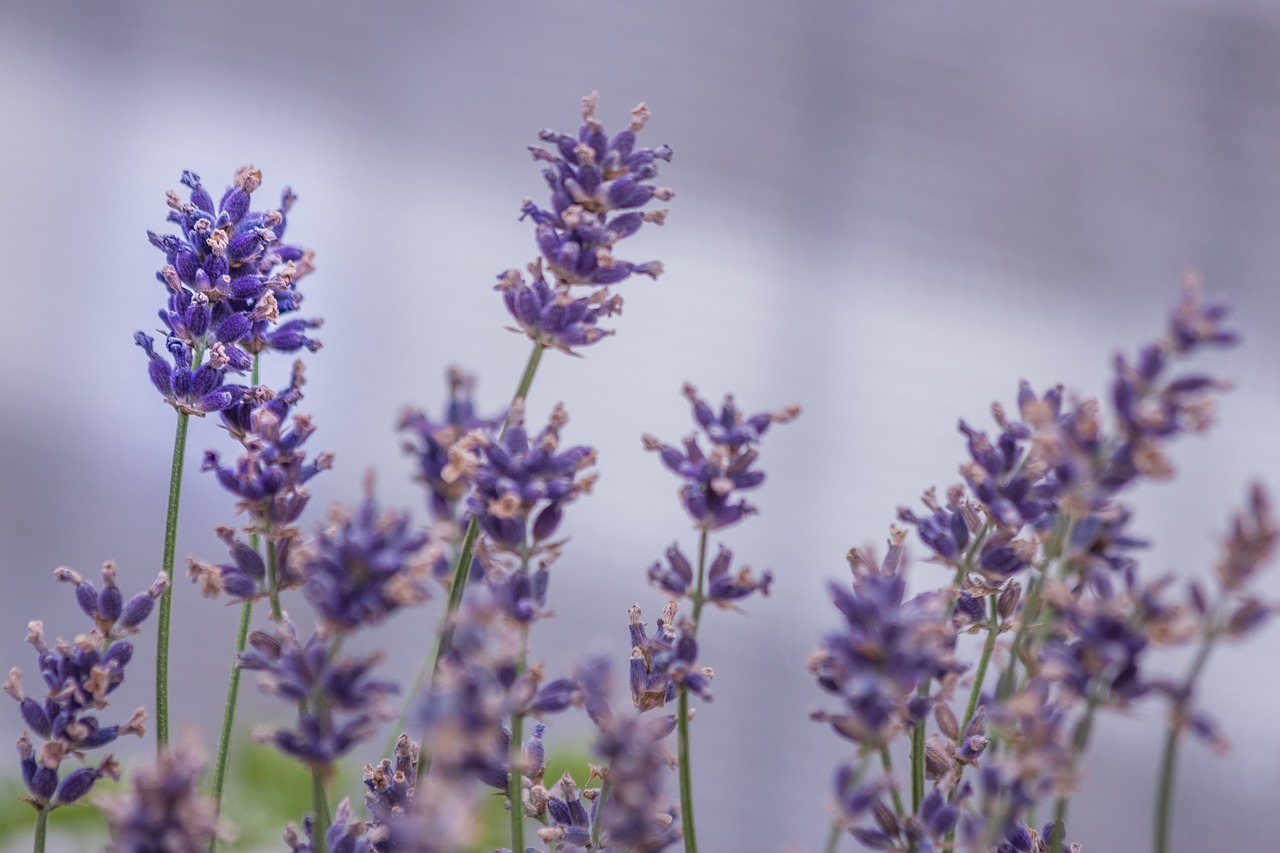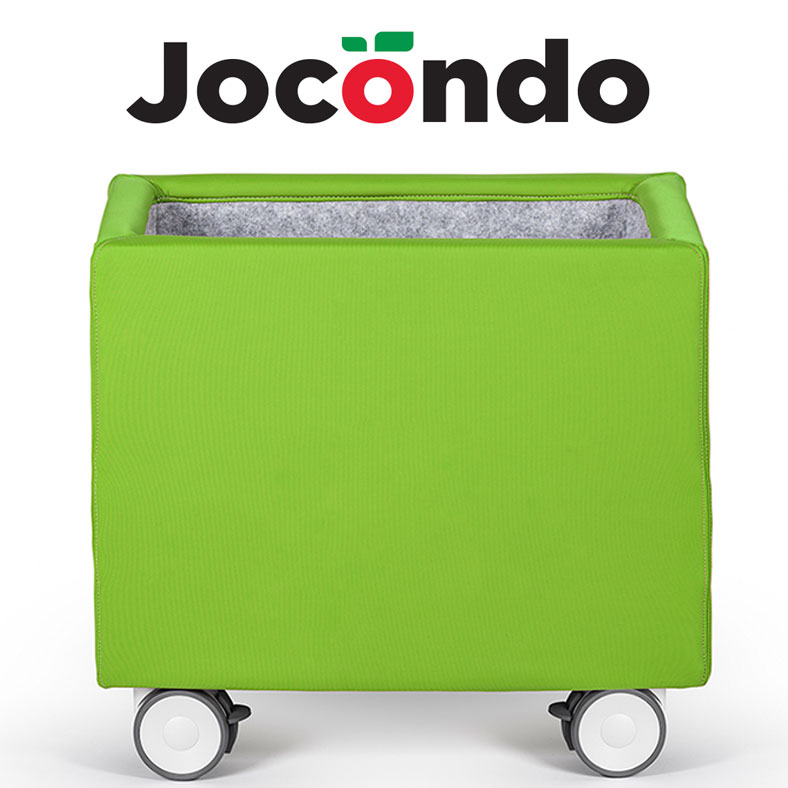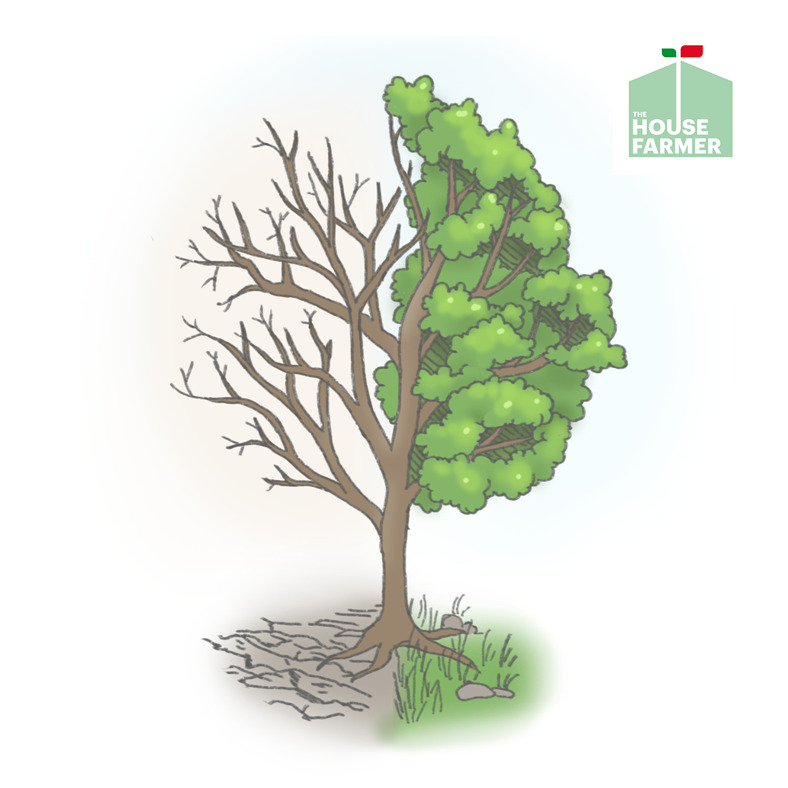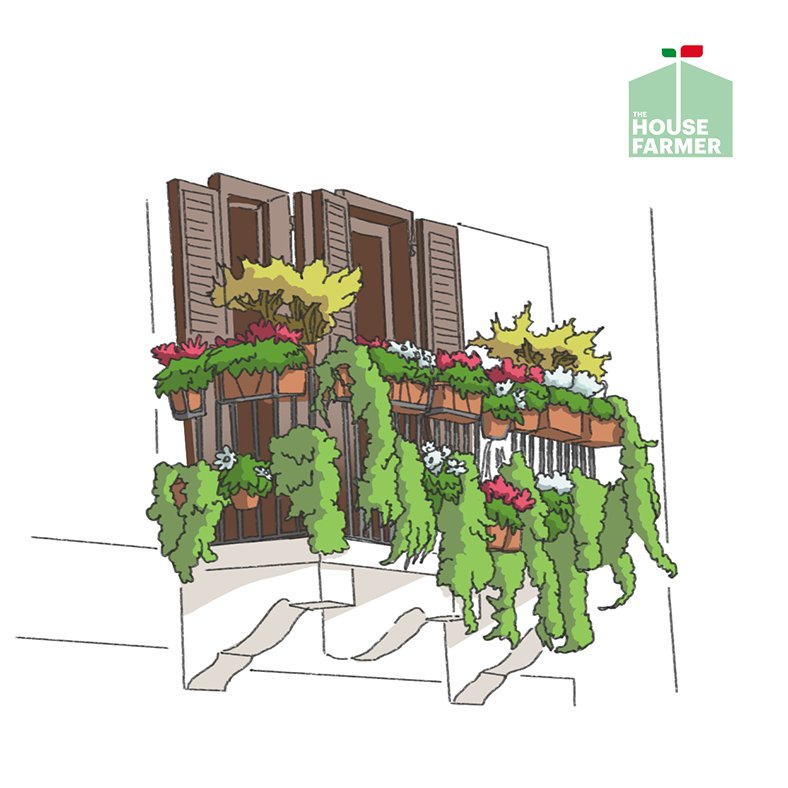
Growing Edible Flowers it's easy, funny and tasty
Growing Edible Flowers: It all started with a rose lemonade
Why I love growing edible flowers? This is my story where it all started.
The bottles stood in rows, on the lowest shelf of the sideboard, to keep them out of the light during the hot southern summers. Sometimes in the afternoon, I would open the window and the sun's low rays would hit them, creating pinkish-purple spots on the stone floor.
For me summer was grandma's rose lemonade.
That's what summer was. Her wonderful rose lemonade.
It was very easy to make.
Firstly, we would gather the roses, from two large rose groves in front of the house, which provided us with flowers in abundance.
Grandma would put the petals in glass bottles. She would put a lot, filling the bottles over halfway. Then she added water and something sour which I later discovered to be citric acid. She also put a little sugar, a tablespoon and a half per bottle or so. She would leave it to rest for a couple of weeks shaking the bottles every now and then.
Then she would filer them. Rose lemonade was the name of that divine liquid.
All the children in the village knew it.
When the fun began to flag and the kids got bored, Grandma would appear, with a brimming jug of rose lemonade and a tray of glasses.
Wherever we were, climbing the olive trees or lying on the grassy ground, straddling the drystone walls, running after a ball, or rounding up a young goat that had escaped from the yard, the scent of roses attracted us like bees. And all sweaty and covered with scabs, we would rush up to her.
The topic of growing edibile flowers comes to mind here in the city, in a supermarket that is gelid, to say the least, as I gaze at the salad counter. Thee salads are sad, in their plastic bags.
And then I see the flowers. Likewise in plastic bags.
But of course, flowers, I think! They don’t look so sad although they are far from the picture of happiness in those opalescent bags.
I had not yet thought of experimenting with a cuisine based on edible flowers, but the bag gave me an idea.
A friend one evening served up a salad with flowers in it that I still remember. It was the first time I had eaten them. If I think back at Grandma's roses I’m really not surprised. So there are flowers that you can eat, added to salads, or used for decorating cakes and garnishing other dishes.
Flowers, not weapons. A lesson man is struggling to learn. Perhaps if instead of man it was woman the lesson would have already been learned. But apparently when we talk about Man we also mean Woman. We’ll stick to flowers. Nature always offers us everything possible in a continuous inexhaustible flow. A wonder that finds the complete meaning of beauty, never an end in itself, in flowers. In the beauty of nature there is something that is truly inscrutable. Despite our efforts to tame or even destroy it, nature still gives freely and always.
And in short... I developed a passion for growing edible flowers. So I jotted down some ideas.
GROWING EDIBLE FLOWERS: SOME IDEAS
Let's start with violets and pansies, which can bloom in winter as well as in spring and summer. They need light to bloom well and like to be watered regularly, but make sure they don’t get waterlogged. They prefer a fertiliser containing plenty of potassium.
If you want to grow violets at home, pick them with their stems when they have opened. And the nice thing is that picking them frequently (but carefully!) encourages the growth of new flowers.
Violets taste of lettuce, fragrant and delicate. As mentioned above, some varieties will bloom even in the winter months, so you can always enjoy them and even grow them at home. Reading here and there, I discovered that a good way of preparing them is to sugar-frost them for decorating cakes and desserts. This is something you can do with most edible flowers. To do this, put the flowers in a bowl of cold water, then pat them dry carefully, because they are very delicate. Dip them first in egg white beaten separately and then in caster sugar so that they glitter nicely. They will be ready when they are perfectly dry, which can take up to 24 hours, I usually put them on baking paper and then cover them to be used for decorating a cake the day after. In any case, violets will find the ideal space to grow even in the city, on the balcony of your home. I have to say I am happy with them.
Primroses are flowers I particularly love because they have always heralded the arrival of spring. The varieties of these spring flowers that can be used are Polyanthus, Primula Odorosa and Primula. They have a sweet and delicate taste. In this case it is good to remove the stems before using the flowers.
A cute flower: the common daisy
Daisies are closely related to marguerites. Their scientific name is Bellis Perennis, which definitely sounds charming. The petals are used to garnish desserts, soups or salads.
But be careful. People who suffer from hay fever should steer well clear of them, because they could trigger allergies.
Growing Edible Flowers: Lavender, beautiful and good
Grandma had immense quantities of lavender. In summer it made her garden look and smell wonderful.
Lavender flowers are a wonderful colour and excellent in meat dishes. Lavender is also good mixed with sugar for cakes and desserts or dipped in champagne and even ice cream. On a balcony or terrace, lavender is simply marvellous. Its spike of lilac flowers will scent the whole house and attract lots of bees. Even in the city! Seeing is believing. Lavender loves the sun and a medium-sized pot to grow in. It is a very sturdy plant but it has to be tended with careful pruning. It is adaptable, though it favours a light, lime-rich soil. You can add sand to universal potting mixture, while avoiding soil for acid-loving plants. Lavender flowers are harvested in summer. Of course you can make bunches to dry and put in cabinets and drawers. At the end of summer it is better to nip the tops of the plants, removing any dry parts so as to keep the bush young and prevent it from becoming too woody.
Growing Edible Flowers: I love tulips!
Tulips are also a memory from the distant past. In this case it was my grandfather who put them away each year until the time came to plant them again.
Tulip flowers have a surprisingly sweet taste with a flavour of peas. The ones with the strongest taste are the individual blooms that come in spring. A tulip bulb produces a flower. If it is a good bulb it can produce up to four flowers.
The first flower has a very strong flavour.
As the second and third bloom, the flavour becomes more delicate.
I discovered this quirk of tulips here, in the metropolis. Like so many other beautiful oddities. Before discovering that they were edible, I cultivated them for pleasure, to enjoy their beauty. A short-lived beauty: the flowers last a week or ten days, then start to fade. But it is worth being patient because they are gorgeous. Tulips, too, can cause allergies, so take care when tasting them. The bulbs are not edible. In fact they are very poisonous.
You can plant them in January-February and the first flowers will appear in March-April.
If you choose a wide variety of bulbs you will have a multi-edible and colourful terrace that will make you happy.
Growing Edible Flowers: What becomes of a carnation?
Carnation flowers are edible.
I was really surprised to discover this.
It’s strange, really strange, that Grandma never thought of eating carnations.
Her rose lemonade was famous in the whole village.
But I can’t ever remember her using carnations.
Yet our windowsills were full of them.
As soon as you touched them, they charmed you with their scent. It stuck to you, oily and sweet.
It’s a long time since I caught a scent like that. In cities, you know, flowers don't have the scent of flowers.
Until one fine day a gentleman appeared at the market near my home. He was rather a grumpy character, but when it came to flowers he was authoritative, a true florist.
A vase of white carnations stood conspicuous on his stall, laden with all sorts of wonderful plants. attracting all kinds of wonderful And the fauna that roamed around it was also striking.
Without even asking permission, as if overcome by a primordial impulse, I sank my nostrils into those succulent blooms with their myriads of petals.
The scent took me back, far away in time, to those sweet and oily flowers on Grandma's windowsills. A true carnation.
A carnation.
I sniffed at them without giving the very grumpy florist time to complain about the intrusiveness of my nostrils.
It was the start of a friendship. Believe it or not, the grumpy florist turned out to be a very knowledgeable and became my trusted adviser.
The flower has a pungent taste, resembling cloves. Only the petals are used, while the the base they sprout from should be eliminated. They are excellent for flavouring herb teas and lemonades, salads and desserts.
Inevitable chamomile
Chamomile is an annual. It can be grown in window boxes starting in spring.
The seeds should be placed in the soil in late spring. The seedlings are then thinned out and placed about 15 cm apart. They can be planted out in window boxes, planters or normal flower pots. It is better to set aside the pots for it because it will also grow in the following seasons in the same soil where it was first planted. You can use ordinary universal potting mixture. It requires regular watering but make sure it doesn’t become waterlogged.
It likes the sun.
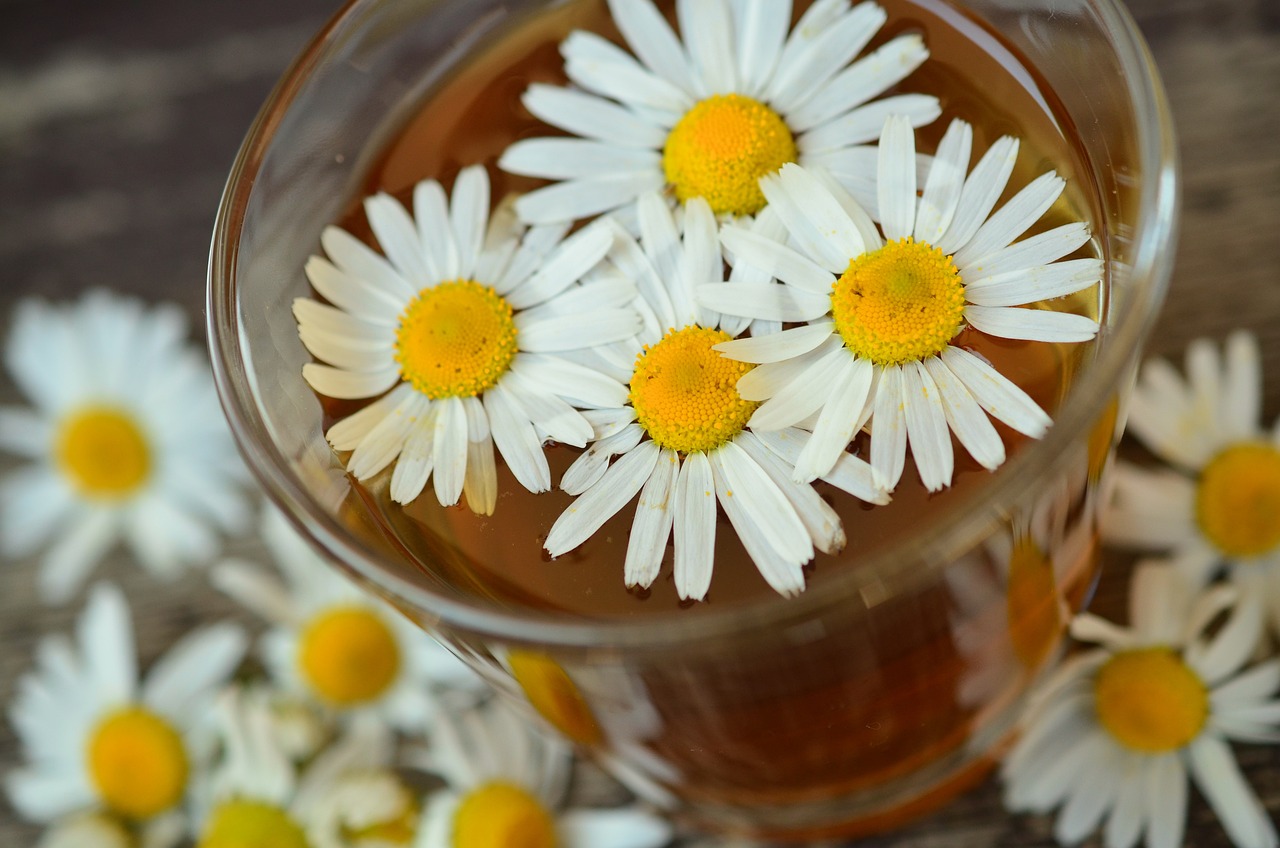
The flowers are ready to be used as soon as they open.
They should be picked in the evening and spread out to dry in a well-ventilated place. Grandma and I used to collect sprigs of wild chamomile very early in the morning, before the first sunlight. In the evenings in the fields there was always a risk of unpleasant encounters with spiders, vipers and scorpions. So we preferred to go out before sunrise to gather these velvety flowers.
On a balcony vegetable garden, you’re in no danger from vipers and scorpions, so you can safely pick the flowers in the evening. No need to worry.
Once the flowers are dry, I keep them in glass jars or gauze bags.
There are a lot of species of chamomile but the ones most frequently found are the Common or German Chamomile and the Roman Chamomile.
The flowers are very beautiful and fragrant and you can be sure of making quality home infusions with them.
These small flowers have innumerable healthful properties.
They are anti-inflammatory, antiseptic, antispasmodic, sedative and help digestion, promote the menstrual cycle and favour the expulsion of intestinal gases, ease the stomach and menstrual pains and relieve chills.
What can I say?
They are miraculous flowers that look like little suns. Part mimosa and part... chamomile.
Read also: #meandgrandma10
